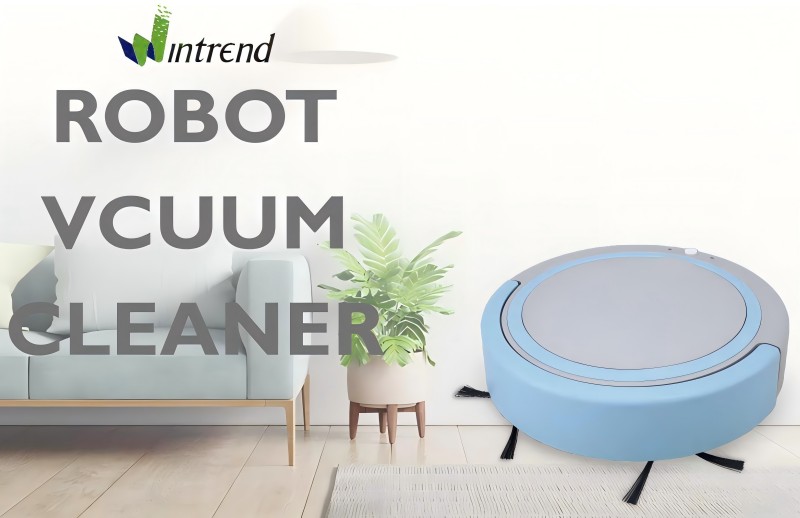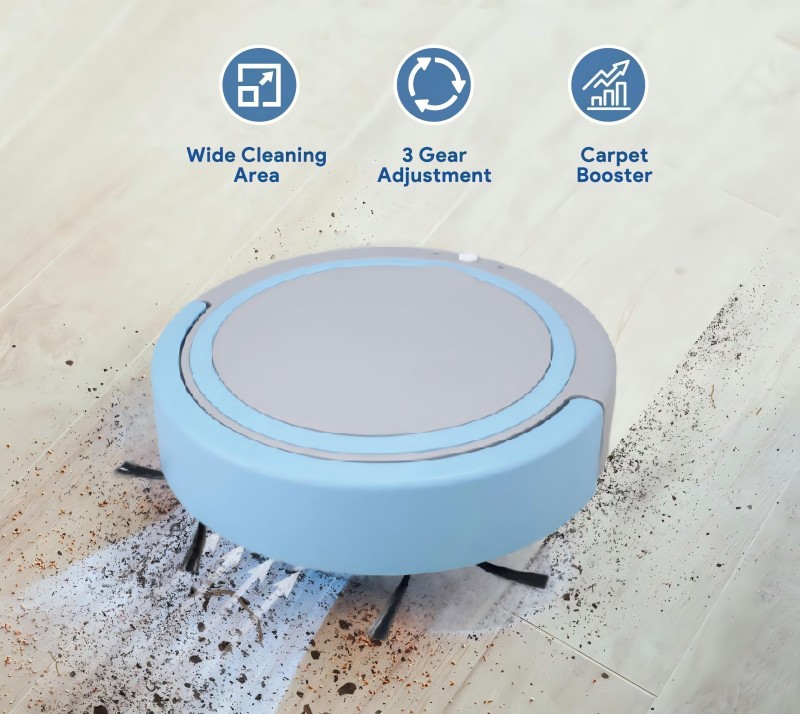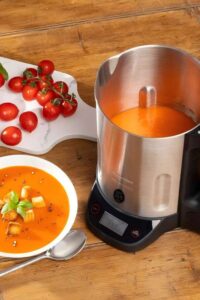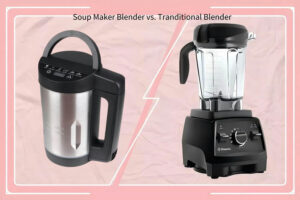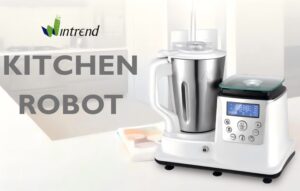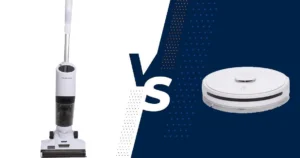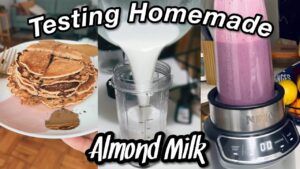Robotic Cleaners: Your Home’s Automated Cleaning Assistants
Robotic cleaners, also known as robot vacuums, are intelligent devices designed to automate the cleaning process. These autonomous helpers navigate your home, effectively cleaning floors, carpets, and in some cases, even mopping hard surfaces.
read moreHow Robotic Cleaners Work
Equipped with advanced sensors and artificial intelligence, robotic cleaners efficiently map out your home and clean systematically. Key components include:
Sensors: Detect obstacles, cliffs, and dirt to optimize cleaning paths.
Brushes: Sweep up debris from carpets and hard floors.
Suction: Powerful suction to capture dust, dirt, and pet hair.
Dustbin: Collects debris for easy disposal.
Charging station: Automatically returns to recharge when battery is low.
Benefits of Robotic Cleaners
Robotic cleaners offer numerous advantages that make them a valuable addition to modern homes.
Time-saving: Automate the mundane task of floor cleaning, freeing up your schedule for more enjoyable activities.
Convenience: Schedule cleaning sessions to suit your lifestyle, ensuring your home is always tidy.
Allergy Relief: Effectively capture dust, pollen, and pet dander, improving indoor air quality.
Thorough Cleaning: Reach under furniture and into corners, providing a deep clean.
Consistent Maintenance: Regular cleaning helps maintain a clean and hygienic living environment.
Improved Quality of Life: Enjoy a cleaner home with minimal effort.
Robotic Cleaner FAQs
Robotic vacuum cleaners use a combination of sensors, including infrared, lidar, and ultrasonic, to detect and avoid obstacles like furniture, walls, and pets. Advanced models create maps of your home to optimize cleaning paths.
Yes, most automatic vacuum cleaner are equipped with powerful suction to remove dirt and debris from carpets. Some models even have specialized brushes for carpet cleaning. However, for thick carpets or heavy pet hair, you might need to run the robot multiple times or combine it with a traditional vacuum cleaner.
The frequency of emptying the dustbin depends on the size of your home, the amount of dirt and pet hair, and the capacity of the dustbin. Generally, emptying it once or twice a week is sufficient.
Some advanced models can handle multiple floors. They use smart mapping technology to differentiate between floors and adjust their cleaning patterns accordingly. However, most models are designed for single-floor cleaning.
Yes, robo cleaners are generally safe for pets. However, it’s essential to supervise your pet initially to ensure they get used to the device. Some models have features to avoid collisions with pets.
Regular maintenance is essential for optimal performance. This includes cleaning the brushes, filters, and sensors, as well as emptying the dustbin after each use. Check the manufacturer’s guidelines for specific care instructions.

